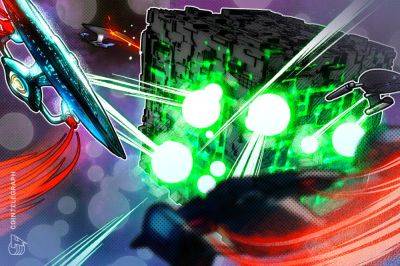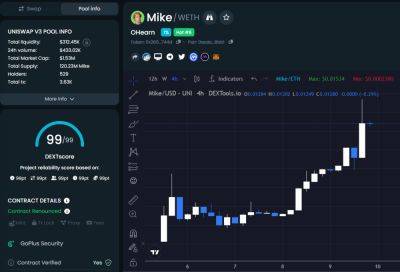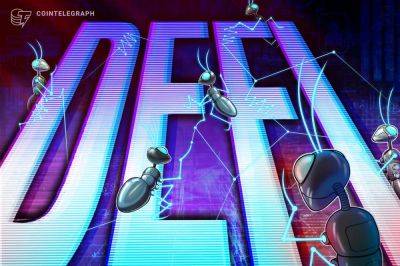Cosmos-based DeFi lending protocol Nolus joins Cointelegraph Accelerator
Crypto lending has become an essential part of decentralized finance (DeFi), allowing people to lend and borrow digital assets via specifically designed protocols. With crypto lending, users can lock their crypto assets as collateral and then borrow a fiat or stablecoin loan. Instead of traditional intermediaries, like banks and credit unions, DeFi lending protocols operate directly on a blockchain. Smart contracts facilitate each loan or borrowing, and on-chain supply and demand decide the interest rates.
Reports expect a $231 billion DeFi market by 2030, with lending protocols being a key element driving the growth. According to a CoinGecko research report, lending has more than an 11% market share in the DeFi ecosystem, and it stands as one of the five biggest DeFi sectors. Users flock to DeFi lending protocols to avoid directly selling their crypto holdings, which they expect to increase in value.
DeFi categories’ shares by market cap of tokens. Source: CoinGecko
Despite its growth potential, several factors limit the usability of crypto lending. Primarily, users need to lock up more value in crypto as collateral than what they aim to borrow. This is a common practice, both for centralized and decentralized lenders, to avoid risks related to the liquidation of funds due to sudden drops in collateralized tokens’ value. Platforms tend to provide financing up to 50% to 60% of any deposited collateral.
The complexity of the lending process is another deterrent for the majority of Web3 users, as DeFi lending solutions need a technical understanding that may confuse even experienced traders.
After securing $2.5 million in pre-seed and seed funding, Cosmos-based DeFi protocol Nolus joined the Cointelegraph Accelerator program
Read more on cointelegraph.com





















